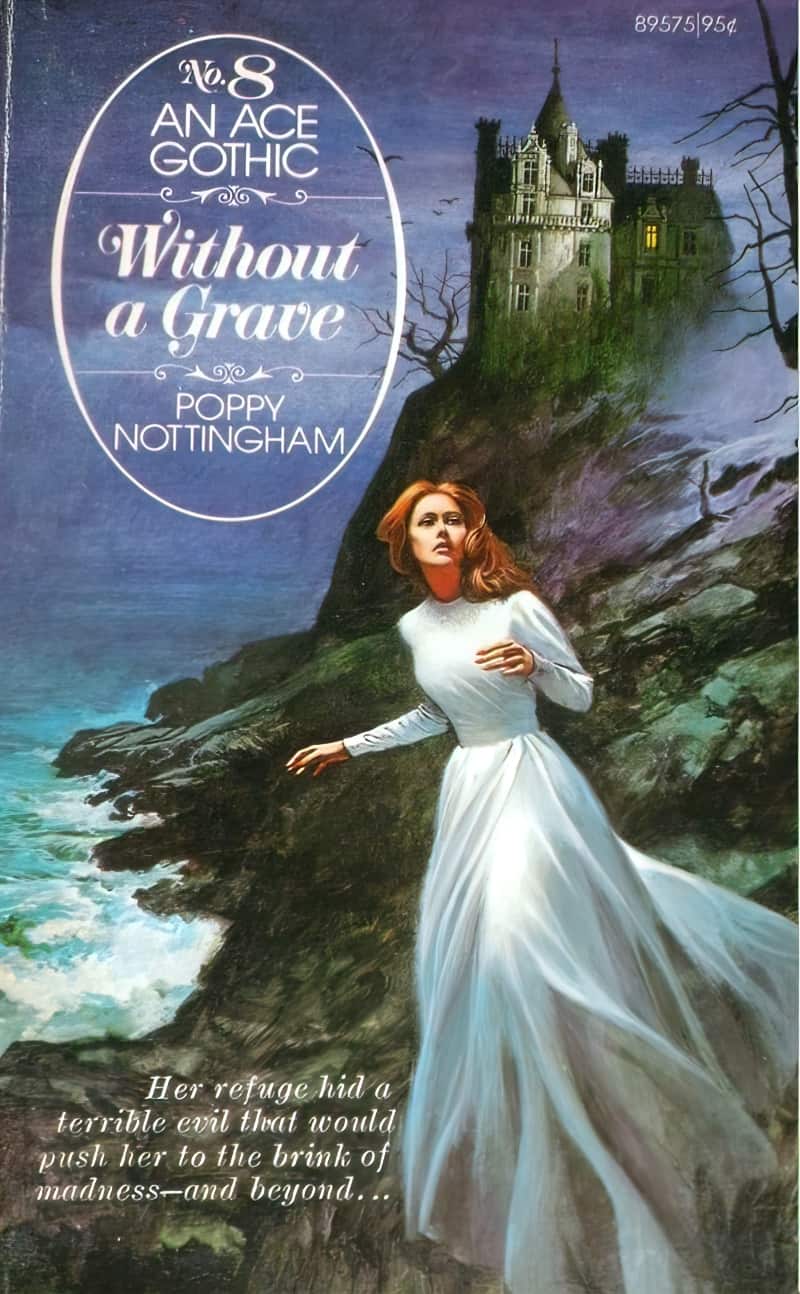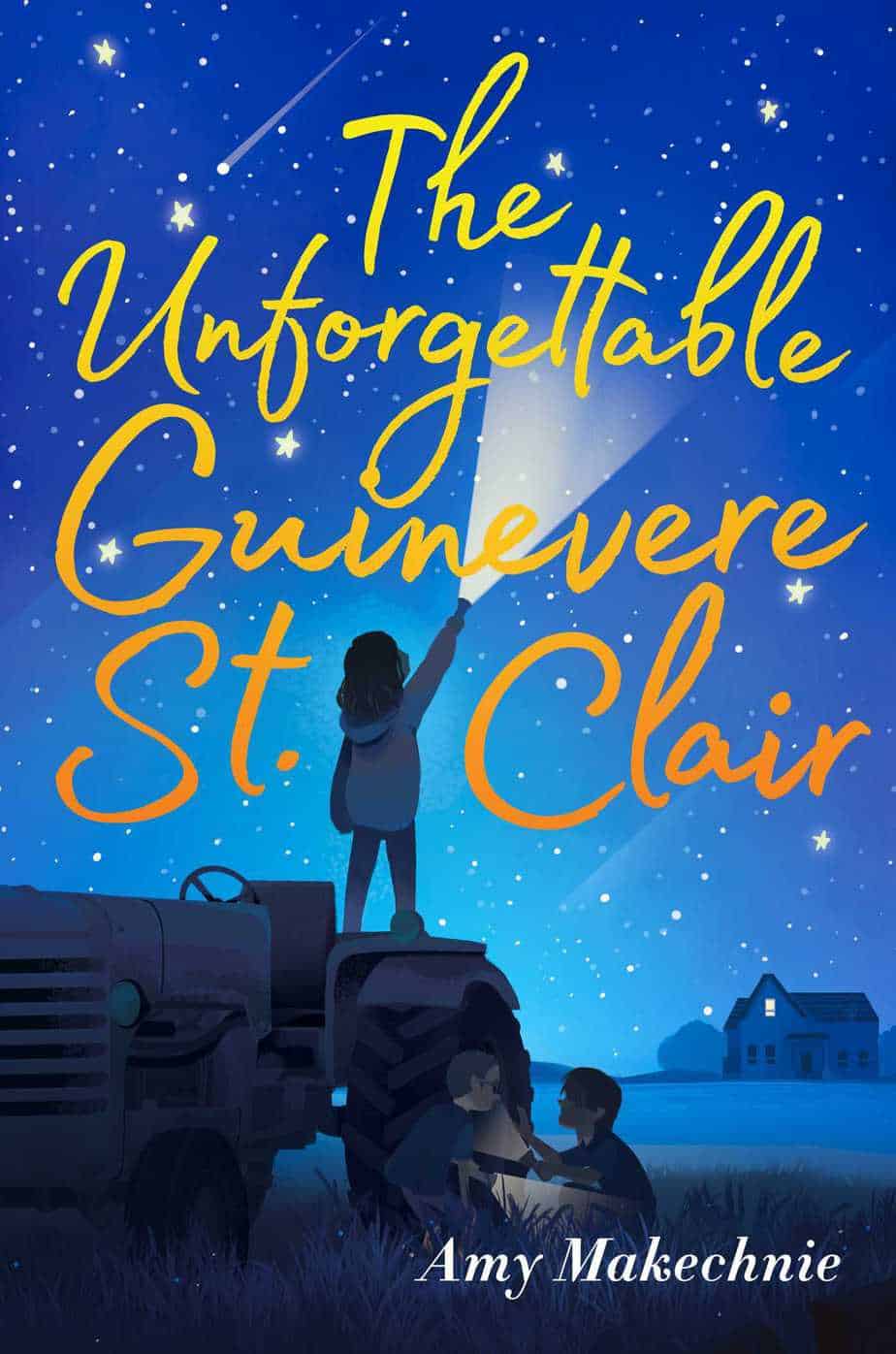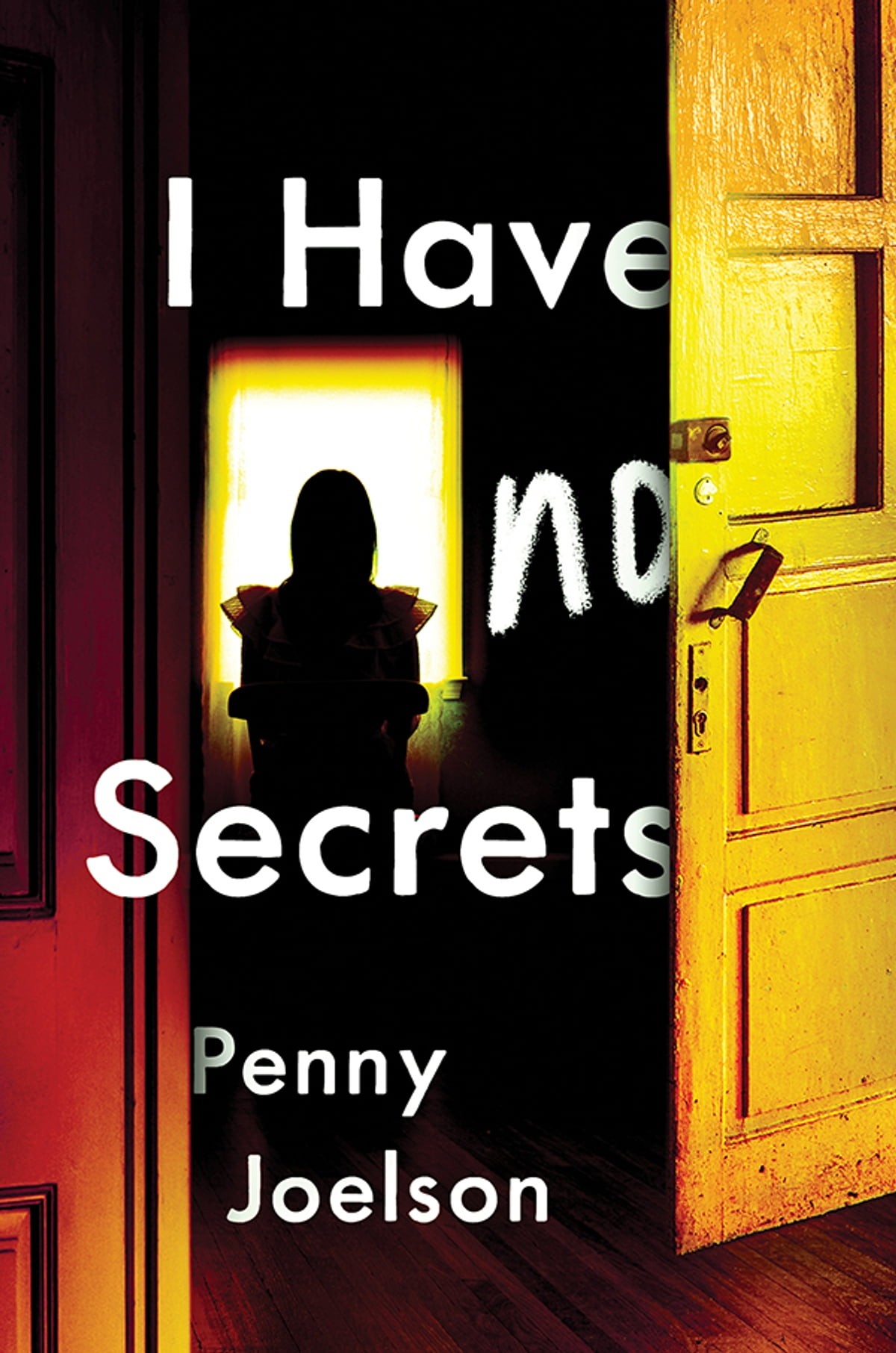What makes a horror or thriller story ‘psychological’? Aren’t the entire suspense genre psychological, to some degree? I set out to investigate.

A label to say: This Is More Than Just Gore!
With a few notable exceptions, the label “psychological horror” is most often used to describe what something doesn’t have rather than what it does. A lack of exploding eyeballs or sloshing eviscerations must mean that the scare is psychological, right? Saying that a story is “psychological horror” seems like it should mean it gives the reader a true creeping sense of fear, but all too often it just means the [story] doesn’t feature violent organ failure.
Electric Literature
So, story makers will slap that label on if they want to signal hidden depths to their story. With that established, let’s get a bit deeper. How deep can we get?

Raison d’être of a Psychological Thriller
Psychological suspense stories encourage us to ask questions about our own lives.
- Can you really trust your husband? (Gone Girl)
- Can your partner’s good points outweigh their terrible points? (Big Little Lies)
- Can you really trust your nanny? (Girl On The Train)
- How far would you go to achieve your dream? (You Will Know Me by Megan Abbott)
- We think we know people, but how much do we really know? (Most of them)
- What is a perfect life? Does a life that looks perfect from the inside feel perfect from the inside? (The Couple Next Door, Big Little Lies)

A Brief History Of A Psychological Suspense Story
The origins of the modern psychological thriller stretch all the way back to 1938, when Rebecca by Daphne Du Maurier was published and became popular. But the genre goes back further than that and can be found in fairytale — Rebecca happens to be based on the Bluebeard story.
A common early trope of popular psychological suspense involved what is now called ‘the woman in peril’.
I write psychological thrillers. In this genre, the female experience has so often been portrayed as damaged—obsessive, delusional—that I fear readers have come to expect emotionally unstable women. In the psychological thriller genre, men are often antagonists, but rarely are they shown to be emotionally vulnerable. Given that I know as many men who can be ruled by their emotions as women, it’s curious that we don’t see more of them on the page. Surely it’s not doing either gender any favours to ignore the emotions of one and exaggerate the emotions of another?
The Silenced Woman and the Psychological Thriller by Araminta Hall
The ‘woman in peril’ has been replaced by something just as insidious: Film, book and tv shows rotate around darker and darker crimes committed against women. Sexy mad women fill our consciousness and stalk our air waves. The idea of the ‘crazy woman’ who either did it or deserved it has taken hold.’
We have yet to enter the age of suspense stories in which men are allowed the full range of emotions, and in which the emotional expression of women becomes part of their strength.

Common Features Of A Psychological Suspense Story
CHARACTER
- The threat is still diabolical but more contained, even intimate—usually targeting the protagonist and/or his family. The hero is often a relatively “ordinary” man, woman or child.
- Character is more important than pacing, but pacing can’t be neglected.
PLOT
- The pacing is a bit more deliberate than in non-suspense genres, to reflect the ordinary person’s difficulty understanding the exact nature of the threat—and the enemy—and then struggling to respond. The third act, however, moves briskly.
- Twists are key, with chapters routinely ending in one disturbing revelation after another.
- Emphasis is on the eerie over the sensational.
- The psychological subgenre of thriller demands an ability to reveal dread and panic without explosions or car chases. The psychological subgenre of horror demands an ability to reveal dread and panic without gore.
- In fact, see my post on Thrillers. The psychological thriller is of course a subset of Thriller, so everything in that post applies. See also my post on Horror.
NARRATION
Alternating points of view are popular. Gone Girl and Girl On The Train both employ this technique.
In young adult fiction, Robert Cormier used alternating points of view a number of times, for example In The Middle Of The Night, After The First Death.
Everything You Want Me To Be by Mindy Mejia is another example.
Hattie Hoffman has spent her entire life up to this point playing different parts — the straight-A student, the dutiful daughter, the civically-minded teenager. So when she’s found stabbed to death on the opening night of her high school play, her small town is torn apart by the tragedy, as well as the idea that Hattie’s killer might be hidden in their midst. But things aren’t always as they seem, and as the local sheriff seeks out the murderer, he finds out that Hattie had some dark secrets, unseeable from the surface. Told from alternating perspectives — Hattie’s, the sheriff’s, and a high school english teacher who has secrets of his own — Everything You Want To Be is a chilling and mesmerizing look at the final year of a young woman’s life.
An unreliable narrator — or a potential unreliable narrator — is almost compulsory. Part of the reader’s fun work is picking out bullshit when we hear it. This is of course the same reason why multiple points of view are so popular. Of the storytellers presented to us, whose do we trust?

More Common Tropes In Psychological Suspense
MEMORY PROBLEMS
- Before I Go To Sleep by S.J. Watson — After a car crash, Chrissie develops a form of amnesia in which her short-term memory is wiped every morning upon waking. She’s unable to form new memories. And so, every morning, she must relearn who the man sleeping next to her is — her husband, Ben. One day, she finds a notebook that she’d been hiding. Within, she finds a foreboding message: “Do not trust Ben.” And it’s written in her own handwriting.
- The Girl On The Train — the protagonist has memory black outs because of her heavy drinking.
- Dark Matter by Blake Crouch — “Are you happy with your life?” Those are the last words Jason Dessen hears before being knocked unconscious by his unknown abductor — and wakes up to a new life as someone else. His wife has been swapped out for another woman, and he doesn’t have a son anymore. In this new version of existence, he’s not just a college physics professor, but a genius who has achieved a truly remarkable, game-changing feat. But which version of Jason Dessen’s life is real, and which one is the dream? That question is at the heart of this suspenseful thriller, which also asks how far we’ll go to get what we want — and what we are willing to sacrifice to get it.
- The Girl Before by Rena Olsen — Claire Lawson’s life with her husband and daughters is running along smoothly — until one day, a squad of armed men break into her house and tear her away from her family. The last thing she hears is her husband commanding her to say nothing. From there, the book spirals back to Claire’s past: a tumultuous youth, escaping her family, falling in love with the son of her adoptive parents. But Claire’s history is full of dark secrets, some of which she doesn’t even remember herself. The more she finds out about herself, the more it becomes possible that the past could ruin her life as she knows it.

Reese can’t remember anything from the time between the accident and the day she woke up almost a month later. She only knows one thing: She’s different now.
Across North America, flocks of birds hurl themselves into airplanes, causing at least a dozen to crash. Thousands of people die. Fearing terrorism, the United States government grounds all flights, and millions of travelers are stranded.
Reese and her debate team partner and longtime crush David are in Arizona when it happens. Everyone knows the world will never be the same. On their drive home to San Francisco, along a stretch of empty highway at night in the middle of Nevada, a bird flies into their headlights. The car flips over. When they wake up in a military hospital, the doctor won’t tell them what happened, where they are—or how they’ve been miraculously healed.
Things become even stranger when Reese returns home. San Francisco feels like a different place with police enforcing curfew, hazmat teams collecting dead birds, and a strange presence that seems to be following her. When Reese unexpectedly collides with the beautiful Amber Gray, her search for the truth is forced in an entirely new direction—and threatens to expose a vast global conspiracy that the government has worked for decades to keep secret.

A ten-year-old girl is determined to find her missing neighbor, but the answers lead her to places and people she never expected—and maybe even one she’s been running away from—in this gorgeous debut novel that’s perfect for fans of The Thing About Jellyfish.
Guinevere St. Clair is going to be a lawyer. She was the fastest girl in New York City. She knows everything there is to know about the brain. And now that she’s living in Crow, Iowa, she wants to ride into her first day of school on a cow named Willowdale Princess Deon Dawn.
But Gwyn isn’t in Crow, Iowa, just for royal cows. Her family has moved there, where her parents grew up, in the hopes of jogging her mother Vienna’s memory. Vienna has been suffering from memory loss since Gwyn was four. She can no longer remember anything past the age of thirteen, not even that she has two young daughters. Gwyn’s father is obsessed with finding out everything he can to help his wife, but Gwyn’s focused on problems that seem a little more within her reach. Like proving that the very strange Gaysie Cutter who lives next door is behind the disappearance of her only friend, Wilbur Truesdale.
Gwyn is sure she can crack the case, but when she does she finds that not all of her investigations lead her to the places she would have expected. In fact they might just lead her to learn about the mother she’s been doing her best to forget.

Jemma knows who the murderer is. She knows because he told her. An intense young adult suspense book!
He thought his secret was safe because Jemma can’t speak or move.
But Jemma observes all kinds of things about everyone around her. His secret is just one of them.
And when a new technology means she may be able to communicate and reveal all she knows, Jemma no longer feels powerless in the face of this deadly secret. It’s a race against time before the killer acts again…or tries to stop her.
Perfect for those looking for:
- Teen books for girls ages 11–14
- Psychological thrillers
- Mystery books for teens
CONVALESCING
Related to periods of memory loss are periods spent away, convalescing, while the rest of the world moves on without you. I have heard former inmates say in interviews that coming out of prison feels like this. Technology in particular moves far more quickly than anyone can anticipate.
- After The First Death by Robert Cormier
- Breaking Dawn by Stephenie Meyer — Bella’s vampiric pregnancy
PARANOIA
- The Chemist by Stephenie Meyer — As Alex, or Casey, or Juliana, or whatever her name is at the moment, can tell you, it’s not easy to be on the lam. A while ago, this secret agent learned a bit too much about her employers, and now they’re hell-bent on killing her. She lives in a state of paranoia, running from location to location and name to name. Soon, she gets a call from her boss, calling her in for one last mission. She’s not sure who to believe, but still, she goes along with the kidnapping of a schoolteacher, Daniel Beach, who’s supposedly involved with the design of a virus intended to wipe out the human race. Only problem with Mr. Beach? He’s irresistibly attractive, and doesn’t seem to be much of a villain at all.
MONSTERS IN OUR MIDST
Complicated and terrible (but passionate) marriages have made a big comeback since Gone Girl by Gillian Flynn. This is similar to the hired-nanny stories — the person we should be most afraid of in the whole world is also the person we’ve let into our homes (and hearts).
- The Silent Wife by A.S.A. Harrison — A picture of a relationship through alternating accounts from a husband and wife. Similar to Gone Girl.
- Fates and Furies by Lauren Goff — As with Gone Girl, the marriage at the heart of Fates and Furies is a multi-faceted beast. The first half of the novel tells the story of Lotto and Mathilde’s whirlwind romance and ensuing 20 years of marriage from the perspective of the exuberant, positive, and naive Lotto. Then, halfway through, Mathilde’s voice is heard — and what she has to say will shock you.
Neighbours can also be dangerous.
- The Couple Next Door by Shari Lapena — Anne and Marco Conti seem to have it all: the gorgeous home, the loving relationship, the beautiful baby girl. But one night, while they’re at a dinner party next door, a horrifying crime is committed. Investigators pounce on the case, but the more they delve into the details of the Conti’s lives, the clearer it becomes that the couple has a trove of skeletons in the closet, and secrets that they’ve been keeping — from the world, and from one another.
- Rosemary’s Baby is the classic film version of this trope — neighbours take a young pregnant woman under their wing with the aim of turning her unborn baby into the devil.

